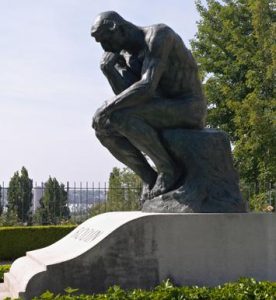Assignment Takeaway
ATA4

Before assignment four I had never heard of Henrick’s and Henrick’s Styles of Love, but I had used Sternberg’s Triangular Model of Love in a communications class. Style of Love is broken into six different aspects of relationship and averages the score to describe it. While the Triangular Model of Love contains three aspects of a relationship, then defines the relationship based on what was relevant to that relationship. I found it interesting to compare my results from both questionnaires to see if my results were reliable and had validity, which it did. Also, Styles of Love showed me visually how I perceive my current relationship. I learned how complex forming any type of relationships are; even though it happens effortless in most situations. For instance, many people have trouble pinpointing when a relationship transitioned from friendship to romantic relationship. Since this chapter is all about liking and love I decided to include a picture of my relationship, which can be seen above.
ATA3

http://www.wmcactionnews5.com/story/5712910/kramer-drops-the-n-word/
Assignment three focused on stereotypes, prejudice, and discrimination. The image above is of Michael Richards’ Triad, the video we had to watch for assignment 3, because he expressed his prejudice attitudes to the audience, of which many were surprised by. One fact I learned from this assignment, that I never realized before, is stereotypes can snowball into greater attitudes or prejudice. Which then may lead people, who hold certain attitudes, to treat other groups differently or even cause harm to them. Another thing I learned was people often do not realize they hold prejudices, known as implicit prejudice, that influences their thoughts and behaviors every-day. This connects to blog 6’s Killing Us Softly, since people who are viewing advertisements are not viewing them thoughtful. They are subconsciously developing attitudes of women based on the message the advertisement is portraying. Again, this could eventually develop into discrimination toward women. This is relevant to me because everyone has stereotypes or prejudice. Hopefully now I can better recognize any prejudice I may have and apply stereotype negation to them, so that I can become a better version of myself.
ATA1
http://www.musee-rodin.fr/en/collections/sculptures/thinker
Assignment one was all about heuristics, specifically, representative, availability, anchoring and adjusting, or status quos. These heuristic are used many times in a given day, but we are never truly aware when we are using them. Though they are an effective method for quick decision making, I learned to be aware if I am judging someone too quickly, overgeneralizing, or making insufficient judgements. For instance, when seeing random people all over campus, there is no way I am correctly labeling people with the representative heuristic. In a society that is so fast paced, maybe I should slow down and be more present with the decisions I make. Perhaps this could be achieved through reflective thinking on my way to class or work each day.
